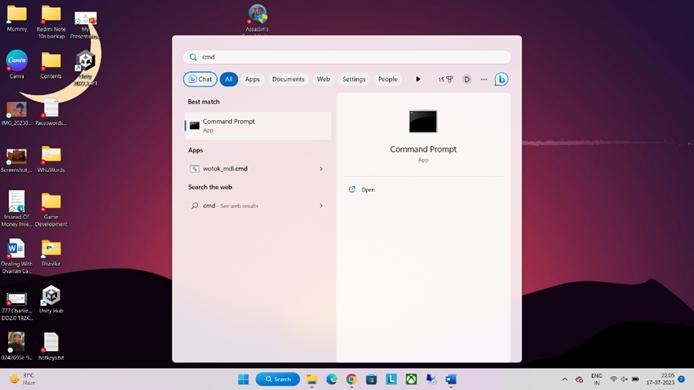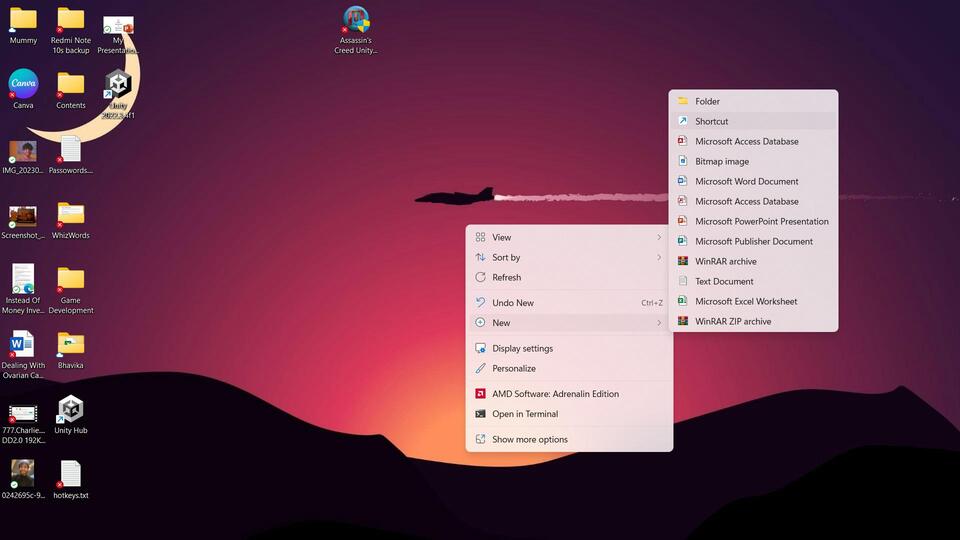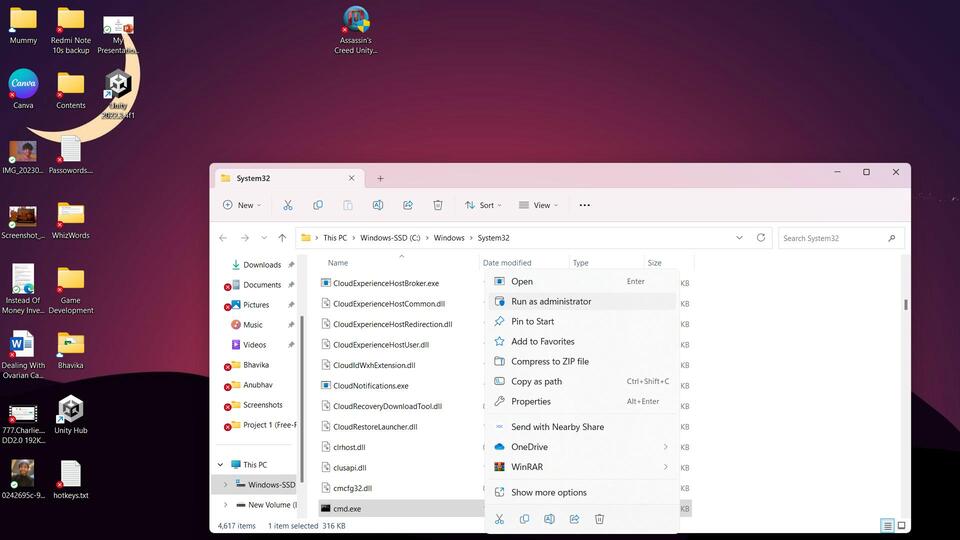Are you looking for a way to boost your computer skills and have complete control over your Windows system? Running Command Prompt as Administrator on Windows is a great way of getting started!
This sly-yet-notified move will grant you full access to all the aspects of your device. Not only will it make for some serious command line fun, but you’ll also be able to keep better tabs on whatever goes on in the background while ensuring utmost security.
In this article, we’ll discuss how to get up and run Command Prompt As An Administrator on Windows 10 & 11- so let’s get going!
7 Methods to Run Command Prompt as an Administrator on Windows
Table of Contents
Method 1: Open Command Prompt Fast Using Search

One of the quickest ways to access Command Prompt as an administrator is by using the Windows search feature. Here’s how you can do it:
- Click on the “Start” button or press the “Windows” key.
- Begin typing “Command Prompt” in the search bar.
- Once you see “Command Prompt” appear in the search results, right-click on it.
- From the context menu, select “Run as administrator.”
And that’s it! You’ll now have Command Prompt open in administrator mode.
Method 2: Open Command Prompt From The Run Window

If you prefer using the Run window, you can use it to open Command Prompt as an administrator. Here’s how:
- Press the “Windows” key + “R” to open the Run window.
- Type in “cmd” and press “Ctrl” + “Shift” + “Enter.”
- Click “Yes” on the User Account Control (UAC) prompt.
And with that, you’ll have Command Prompt open in administrator mode.
Method 3: Create A Command Prompt Shortcut On Your Desktop Or In Any Folder You Want

If you frequently use Command Prompt, you might want to create a shortcut to open it as an administrator. Here’s how:
- Right-click on your desktop or in any folder where you want to create the shortcut.
- Select “New” and then “Shortcut.”
- In the “Type the location of the item” field, type “cmd.exe” and click “Next.”
- Type a name for the shortcut and click “Finish.”
- Right-click on the shortcut and select “Properties.”
- Click on the “Advanced” button.
- Check the “Run as administrator” box and click “OK.”
- Click “Apply” and then “OK.”
Now, whenever you double-click on the shortcut, Command Prompt will open in administrator mode.
Method 4: Pin Command Prompt To Your Taskbar Or Start Menu
If you frequently use Command Prompt, you might want to pin it to your taskbar or Start menu. Here’s how:
- Open Command Prompt as an administrator using any of the methods described above.
- Right-click on the Command Prompt icon in the taskbar.
- Select “Pin to taskbar.”
Now, whenever you want to open Command Prompt as an administrator, you can click on the icon in your taskbar.
Method 5: Open Command Prompt From File Explorer’s Address Bar
If you’re already in File Explorer and want to open Command Prompt as an administrator, you can do so from the address bar. Here’s how:
- Open File Explorer.
- Click on Address bar
- type and search “C:\Windows\System32\cmd.exe”
And just like that, you’ll have Command Prompt open in administrator mode.
Method 6: Open Command Prompt From Its Exact Location
Another way to open Command Prompt as an administrator from the exact file location of the Command Prompt. Here’s what you need to do:
- Open File Explorer.
- Go to C:\Windows\System32.
- Right click on cmd.exe and Command Prompt as an administrator
You’ll now have Command Prompt open in administrator mode
Method 7: Open Command Prompt From The Task Manager

Finally, you can also open Command Prompt as an administrator from the Task Manager. Here’s how:
- Press “Ctrl” + “Shift” + “Esc” to open the Task Manager.
- Click on “File” in the top-left corner.
- Hold down the “Ctrl” key and click on “Run new task.”
- Type “cmd” and check the “Create this task with administrative privileges” box.
- Click “OK.”
And with that, you’ll have Command Prompt open in administrator mode.
Conclusion
Running Command Prompt as an administrator is not as difficult as it may seem. With our straightforward methods, you can now easily access all the powerful features that come with this administrative tool and make your computing experience easier and more enjoyable.
Who knew that running a few simple commands would level up your computer skills? Apart from being a major upgrade to your tech understanding, these steps are definitely going to save you some time and energy in the long run.
We hope you enjoyed reading today’s post on how to run Command Prompt as an Administrator and have found it useful.